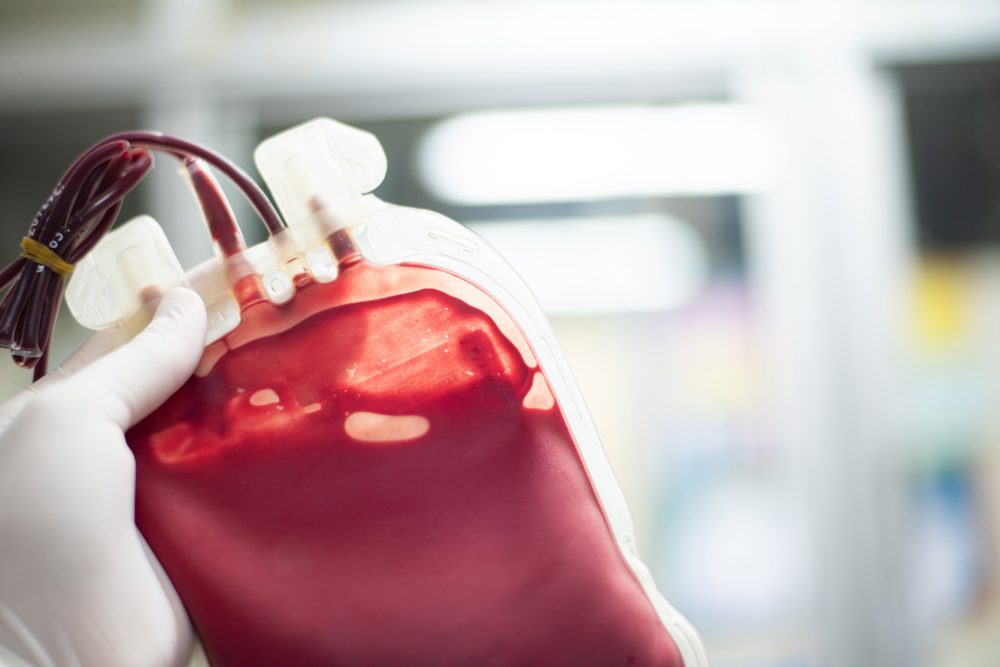Advertisment
Is transfusion blood safe? Ai holography system checks blood quality without injections

A research team led by Professor Moon In-kyu of the Department of Robotics and Mechatronics Engineering at DGIST (President Kuk Yang) developed an AI holography system that automatically extracts important information and inspects the quality of red blood cells. It is expected to become a key technology that enables cleaner and healthier red blood cell injections to patients through accurate quality inspection of red blood cells stored for a certain period of time for blood transfusion.
Red blood cells are a major component of blood that carries oxygen. Red blood cells collected through blood donation are stored for a certain period of time until they are used for transfusion when needed. This process is necessary because unhealthy red blood cells do not function properly and may lead to fatal side effects such as acute lung damage.
Conventionally, image-based red blood cell analysis technology was used, which is an invasive method that destroys the three-dimensional structure of red blood cells as red blood cells are observed after staining. In addition, there are technical limitations in rapidly analyzing state changes such as three-dimensional shape, density change, and motility characteristics of red blood cells. To overcome this problem, Professor Moon In-kyu’s team previously developed ‘holography-based red blood cell division and classification technology.’ But it required a number of pre-processing algorithms before analysis, which takes a long time, and involved difficulties in performing accurate analysis and classification.
In response, Prof. Moon In-kyu’s team successfully developed an AI holography system that automatically inspects the quality of red blood cells stored for a certain time by combining the 3D structure image data of red blood cells obtained with holography technology and generative adversarial neural network technology. If the developed technology is used, it will be possible to automatically extract important values of judgment for red blood cells by applying the automatic red blood cell 3D structural image analysis algorithm and also check its quality. In particular, it is possible to test the quality of red blood cells precisely and simply as there is no need for invasive methods or pre-treatment procedures required by existing technologies. It is expected to be used as a core technology to help minimize side effects of transfusion by injecting clean and healthy red blood cells to patients needing blood transfusions.
“The technology developed through this research is the source technology that can automatically analyze how red blood cells, stored for transfusion for transfusion, change their three-dimensional shape depending on the storage period and determine whether stored red blood cells are healthy red blood cells that can be transfused,” said Professor Moon In-kyu of the Department of Robotics and Mechatronics Engineering. He added, “It is expected that it will help minimize the occurrence of side effects after transfusion in the future as it can check the state of stored red blood cells more minutely and test whether the red blood cells are safe for the patient before transfusion.”
Meanwhile, the results of this research were published in the ‘IEEE Journal of Biomedical and Health Informatics’ on March 1. In addition, this study was carried out with support of the Ministry of Science and ICT’s Leading Researcher Support Project.





